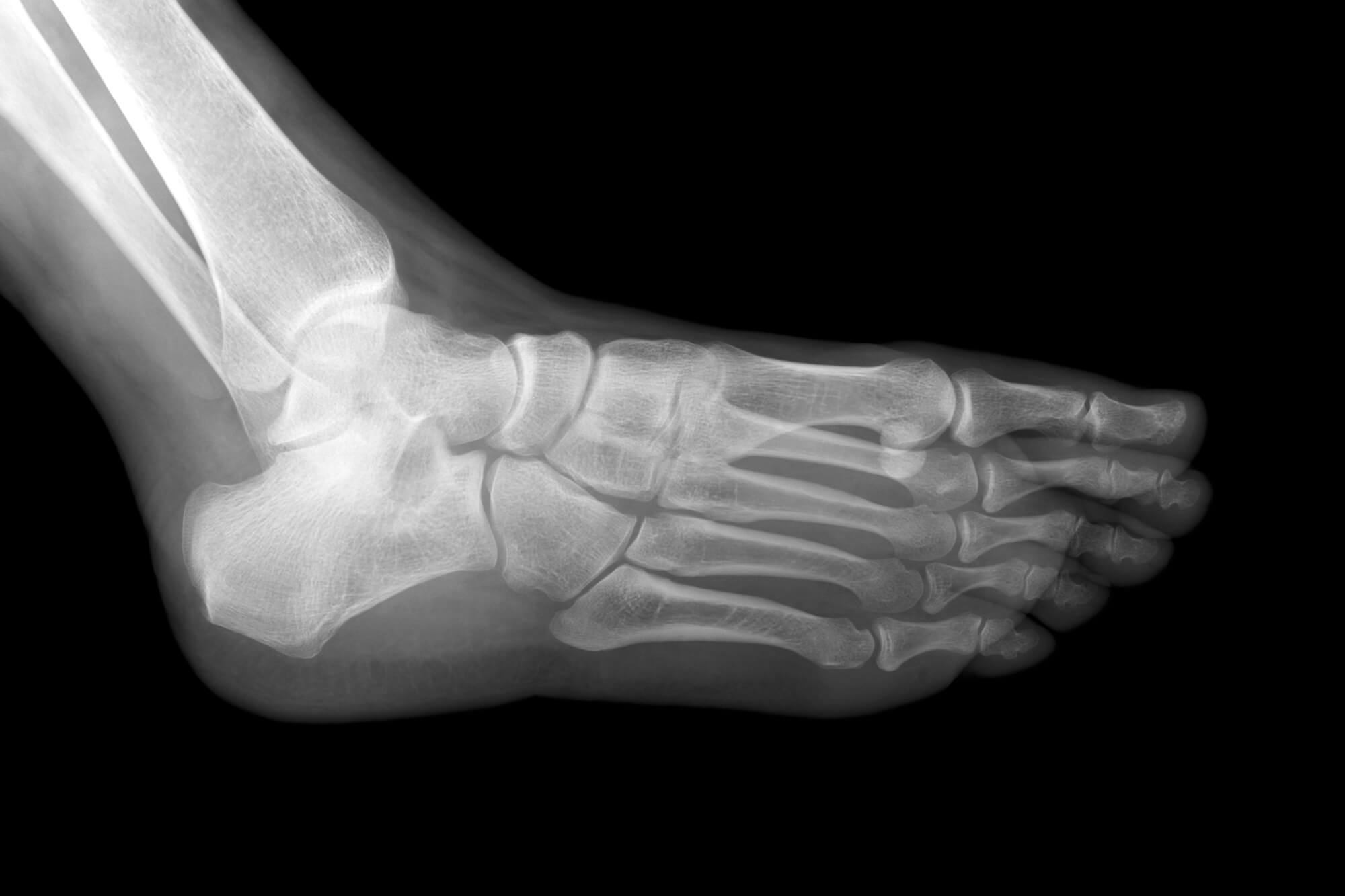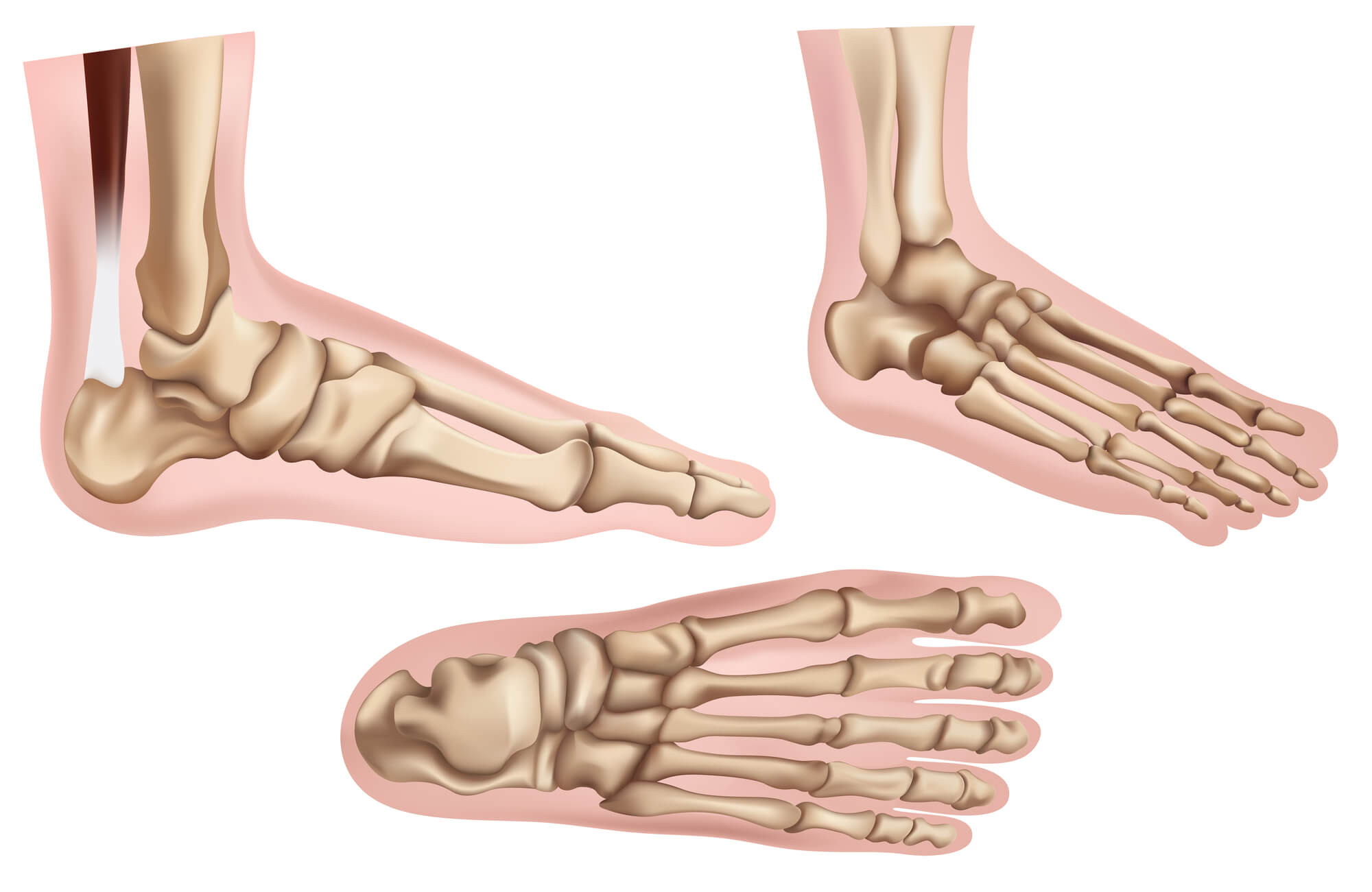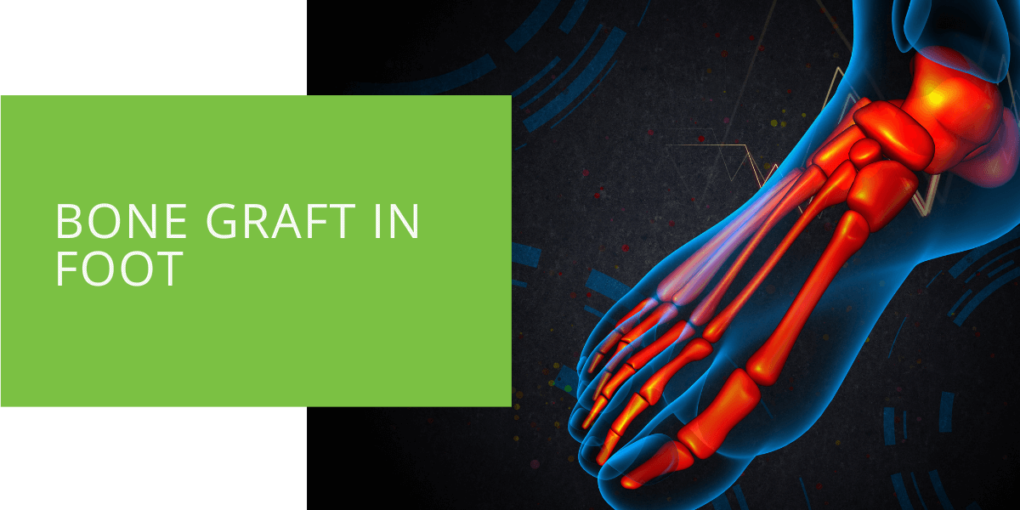Bone Graft in Foot: What You Need to Know
If you have a foot or ankle condition that requires surgery, your surgeon may recommend a bone graft as part of the procedure. A bone graft is a surgical procedure that involves inserting a piece of bone, bone substitute, or a cellular matrix into an area where bone healing is necessary. In this article, we'll provide you with everything you need to know about bone grafts in the foot, including the types of bone grafts, the bone grafting procedure, the recovery process, potential risks and complications, and more.
Types of Bone Grafts
There are several types of bone grafts, including:
Autograft
An autogenous bone graft involves using a piece of bone from another area of your body to support bone healing in the damaged area. This is often the preferred method of bone grafting, as it has a lower risk of rejection and infection than other methods.
Allograft
An allograft involves using bone from a donor to support bone healing. This is often used when the patient does not have enough bone in their own body to harvest or when harvesting bone from the patient may not be practical.
Xenograft
A xenograft involves using bone from an animal to support bone healing. This method is not as common as autograft or allograft and is used mainly in research settings.

Conditions That May Require a Bone Graft in the Foot
Several conditions may require a bone graft in the foot, including:
Fractures
Fractures in the foot and ankle may require a bone graft to provide additional support and promote healing. A bone graft may be necessary if the fracture is severe or the patient has other medical conditions that may slow down bone healing.
Arthritis
Arthritis in the foot and ankle can cause bone-on-bone contact, leading to pain and discomfort. A bone graft may be used to reconstruct the joint and alleviate pain.
Bone Tumors
Bone tumors in the foot and ankle may require a bone graft as part of the reconstructive process.

The Bone Graft Procedure
Bone grafting is a complex surgical procedure that involves inserting bone or other materials into an area where bone healing is necessary. Here are some more details about the bone grafting procedure:
Types of Bone Grafts
As mentioned earlier, several bone grafts exist, including autograft, allograft, and xenograft. Autografts are generally preferred, as they lower the risk of rejection and infection. However, the type of graft used will depend on the patient's needs and the surgeon's recommendation.
How the Graft Material is Harvested
If an autograft is used, the bone graft material will typically be harvested from another area of the patient's body, such as the hip or the heel bone. The bone is removed in small pieces and inserted into the area where bone healing is necessary.
If an allograft or xenograft is used, the bone will be sourced from a donor or an animal, respectively. The bone is treated to remove potential contaminants and inserted into the affected area.
How the Graft is Inserted
Once the bone graft material is harvested, it is inserted into the affected area using screws, pins, or other hardware. The surgeon will carefully position the graft material to ensure that it provides the necessary support and alignment for proper bone healing.
The surgical incision will then be closed, and the patient will be monitored closely during recovery to ensure that the bone is healing properly.
By providing more detail about the bone grafting procedure, patients can better understand what to expect before, during, and after the surgery. Working with a qualified podiatrist or foot and ankle surgeon who can provide personalized care and guidance throughout the bone grafting process is essential.

Recovering from a Bone Graft in the Foot
Recovering from a bone graft in the foot can take time, and it's essential to follow your podiatrist or foot and ankle surgeon's instructions carefully. You may need to keep weight off your foot for several weeks or months, depending on the type of surgery performed. Physical therapy may also be necessary to help promote bone healing and regain strength and mobility in the affected area.
Potential Risks and Complications
As with any surgical procedure, bone grafts have potential risks and complications. These may include infection, rejection of the graft material, and complications related to the surgical incision. Patients with certain medical conditions, such as diabetes or other diseases that affect bone and tissue healing, may be at higher risk for complications.
The Use of Bone Substitutes in Bone Grafting
In some cases, a bone substitute may be used instead of real bone for a bone graft. This can be a good option for patients who do not have enough bone in their own body to harvest or for those who may not be good candidates for traditional bone grafting techniques. Here are some pros and cons of using bone substitutes for bone grafting:
Pros
Cons
Types of Bone Substitutes
Several types of bone substitutes can be used for bone grafting, including:
- Demineralized Bone Matrix (DBM): This material is derived from real bone and is treated to remove any minerals that may cause an immune response. DBM is often used in combination with other bone grafting techniques.
- Ceramic Substitutes: These materials are made from synthetic materials designed to mimic the structure and function of real bone. Ceramic substitutes can be an effective option for patients who are not good candidates for traditional bone grafting.
- Polymers: These materials are designed to be absorbed by the body over time, providing a temporary scaffold for bone growth and healing.
If you're considering a bone graft, discussing your options with your podiatrist or foot and ankle surgeon is essential. They can provide more information about the benefits and risks of using bone substitutes and help you choose the best option for your needs.
Conclusion
Bone grafts in the foot can be necessary to promote bone healing after a fracture or to reconstruct a joint affected by arthritis or bone tumors. With proper care and monitoring, you can recover from a bone graft in the foot and return to your normal activities. Contact a qualified podiatrist or foot and ankle surgeon if you're experiencing foot or ankle pain or discomfort. They can provide the care and support you need to keep your feet healthy and pain-free.

